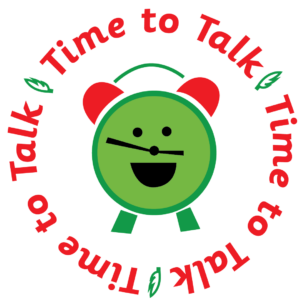Measurement (money): Donkey Sanctuary
Challenge level ⭐
(designed for children with prior knowledge of the Year 3 programme of study)
Learning Objective
We are learning how to solve a natural world problem by using and applying our skills and knowledge of measurement and money (£ and p).
Useful prior knowledge:
- To recognise the value of coins
- To add and subtract amounts of money

Clip Description
Working donkeys are found throughout the world. They belong to a family that also includes horses and zebras. Donkeys have been used by humans for thousands of years as pack animals. Pack animals are made to carry heavy loads on their backs. They are often used in areas where it would be too difficult to drive vehicles.
Sadly, it is often reported that working donkeys are being kept in poor conditions without adequate food, water, shelter or medical care. Fortunately, there are donkey sanctuaries in the UK and overseas that can provide donkeys with the love and care that they need. In this fascinating clip, we visit a donkey sanctuary for retired working donkeys in a country called Morocco. How will a donkey called Daisy show her affection towards the presenter? Watch the clip to find out.
Quick Whiteboard Challenge
Working donkeys are slightly shorter than their wild cousins. Working donkeys measure between 92 cm and 124 cm from hoof to shoulder.
Daisy’s height was exactly half-way between the two measurements given above. How tall was Daisy?

 Sign in
Sign in

